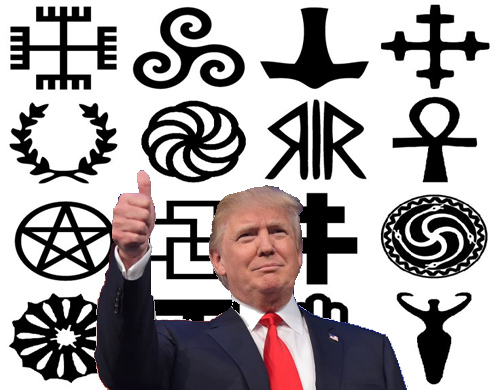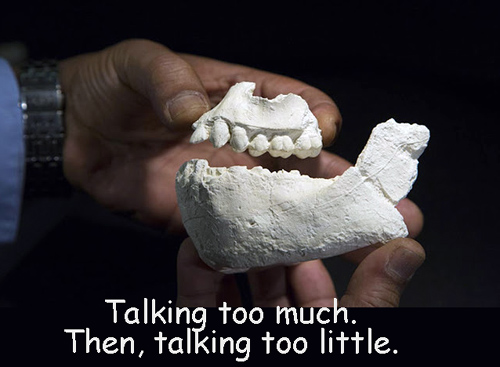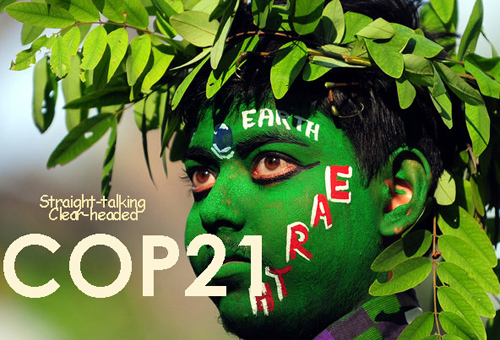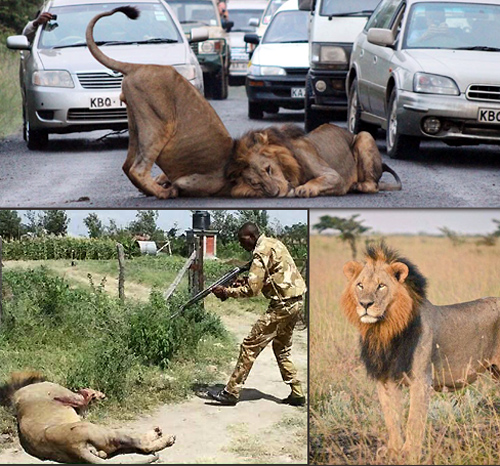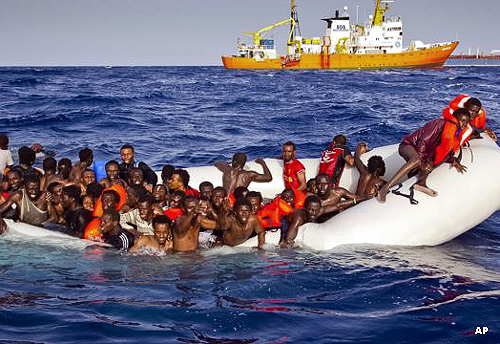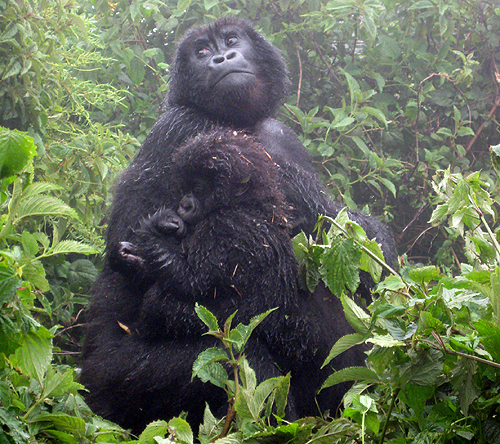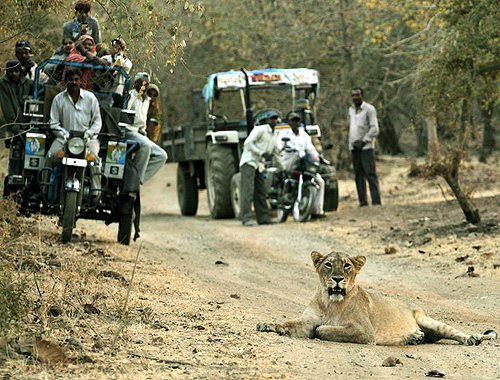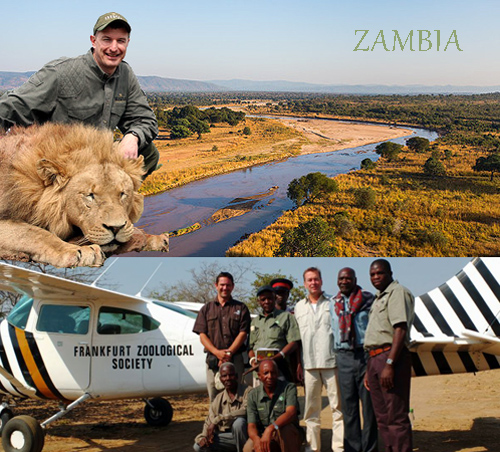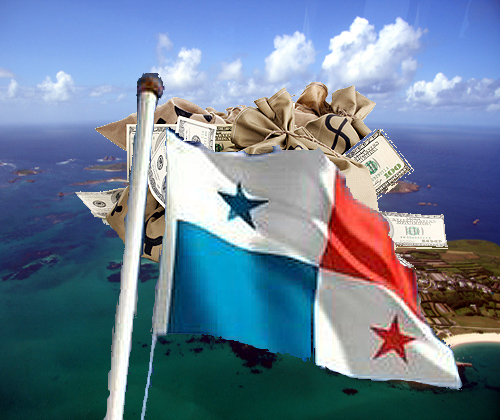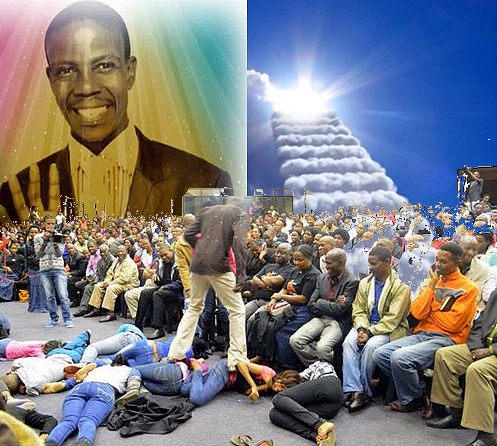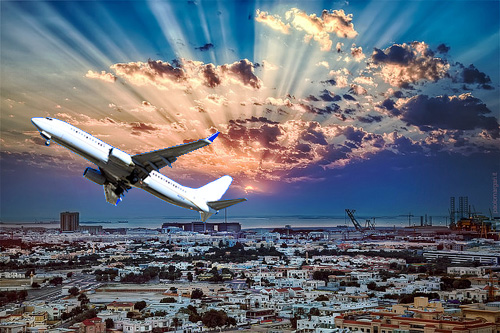 While one current election debate is about the immorality of American multinationals using slave labor abroad, it’s time to understand how entire societies are now doing this.
While one current election debate is about the immorality of American multinationals using slave labor abroad, it’s time to understand how entire societies are now doing this.
America’s alliance with the Gulf States is preeminent foreign policy. But the Gulf States are enslaving Africans as if it were the 18th century, again.
Gulf States need labor. They are cash rich and muscle poor. Seventy percent of Kuwait and 84% of Qatar’s population is composed of foreign laborers who have no rights, lured by the prospect of a job – any job.
An Ugandan journalist, Yasin Kakande, will soon publish a scathing account of such African labor in a new book, Slave States: The Practice of Kafala in the Gulf Arab Region.
In the preview to publication one of several personal stories is being circulated, that of “Harriett” from Uganda.
Harriet earned an advanced degree at a respectable Ugandan university but could find no job. Lured by recruiters from the Gulf States, she paid an agent $600 for a visa and air ticket to Dubai.
Part of the agreement includes a “sponsor.” This is very similar to what is required by immigrants into the United States. In Harriett’s case, it was a company, an airline.
The airline needed lots of unskilled laborers to clean its aircraft between flights. Kakande doesn’t name the airline, and he I think he should, but virtually all the Gulf airlines are expanding incredibly rapidly.
With fares and service that the more established carriers are finding hard to match, these companies do not use other Gulf States citizens for their employees because … there aren’t any.
So to give you the fine service and remarkable fares, these companies hire people like Harriett.
Harriett was offered a salary of $215 per month. That isn’t bad by Ugandan standards so she took it. What she learned, though, was that it hardly kept her alive in Dubai.
The only lodging she could find was to share a one-room apartment with three other foreign workers. The apartment didn’t allow any cooking, so all meals had to be purchased as take-outs, and that was expensive.
The apartment didn’t allow any laundry, except when using the apartment’s laundromat, and that was expensive.
When Harriett developed terrible rashes determined to come from the harsh cleaning agent the airline was using, Babacon, she was taken to a hospital and treated. When she left the hospital, the airline reduced her salary from $215/month to $54/month to cover the medical treatment.
The only way she could try to get another job was to get a “NOC” letter from the airline. This “No Objection Consent” from the sponsor was required, but the airline refused.
Harriett’s personal story actually ends better than this, but many don’t. Few workers have the savvy, intelligence or skills that Harriett had.
So I find it annoying that while our current election debate properly engages the question whether Nike is using Bangladesh labor, the liberal reply that they oppose such policies doesn’t address the current liberal administrations alliance with the Gulf States.
Much less the increasing number of Americans using Gulf States airlines.
Hypocrisy seems a part of all politics, but in today’s age a clarity of meaning is being demanded. Some say that’s why Trump is so popular – he might be wrong, he might be dangerous or dumb, but he says what he means.
I’m not sure I agree with that. But I understand the thirst for clarity of meaning, and criticizing American multinationals for subcontracting foreign labor is no more important than recalibrating our immoral alliance with the Gulf States.
Or deciding which airline you’re going to fly.

